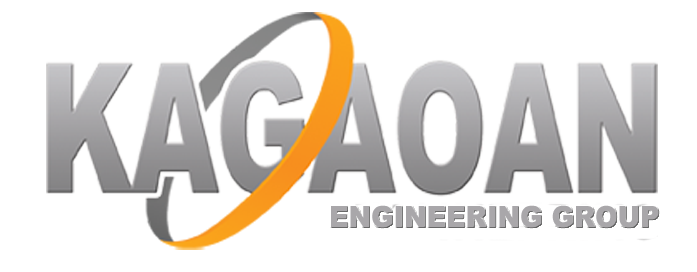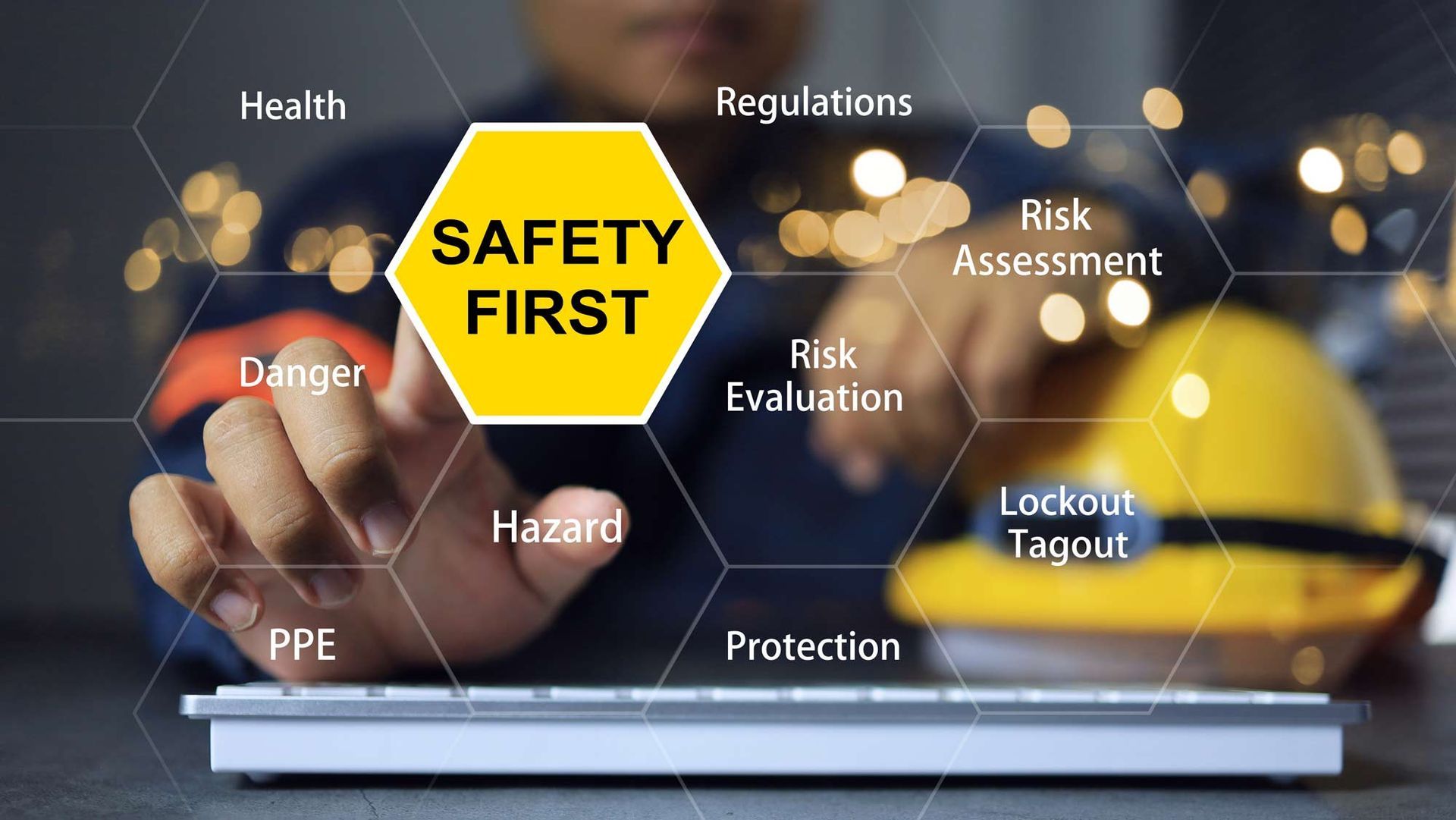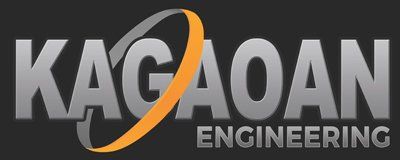Five Common Engineering Challenges and How to Overcome Them

Overcoming Common Engineering Challenges for Enhanced Innovation
Engineering is a driving force behind innovation and infrastructure development across industries. Yet, the field is not without its challenges. Engineers, whether working on groundbreaking technologies or large-scale construction projects, often face obstacles that can hinder progress and innovation. Identifying these issues and developing strategies to tackle them is crucial for success. This blog explores five common engineering challenges and provides practical solutions to overcome them. By addressing these difficulties head-on, engineers can improve project outcomes, enhance efficiency, and foster innovation.
1. Resource Constraints
The Challenge
One of the most significant challenges engineers face is resource limitations. This includes financial constraints, limited access to materials, and an insufficient workforce. Budget restrictions can compromise project quality or delay timelines, while scarce or expensive materials can increase costs and complexity.
For example, in civil engineering, the scarcity of high-quality construction materials like cement and steel can lead to increased project costs. Similarly, in software engineering, inadequate staffing or lack of funding for high-performing software tools can slow down progress.
The Impact
Resource constraints often result in missed deadlines, reduced quality, and strained client relationships. Teams may be forced to cut corners, which can jeopardize safety, functionality, and customer satisfaction.
How to Overcome It
- Budget Planning: Develop a detailed budget during project planning stages and include contingency funds for unforeseen expenses.
- Material Alternatives: Research cost-effective material substitutes with comparable quality. For example, in construction, composite materials or recycled materials can reduce costs.
- Efficient Resource Allocation: Use project management tools to allocate resources effectively, ensuring that the workforce and materials are distributed optimally.
- Collaboration with Suppliers: Build strong relationships with suppliers to negotiate better rates or secure priority access to materials.
2. Keeping Up with Technological Advancements
The Challenge
The rapid pace of technological advancements in engineering makes it difficult for professionals to stay ahead. Engineers must constantly adapt to new tools, methodologies, and technologies to remain competitive. However, integrating new technology into existing systems can be both costly and time-consuming.
For instance, manufacturing engineers are adopting automation and AI, while mechanical engineers are learning to integrate IoT devices into products. Catching up with these trends requires time and effort, as well as organizational buy-in.
The Impact
Failure to stay updated can lead to outdated processes, inefficiencies, or even project failure. Companies lagging behind in technology adoption may lose their competitive edge in the market.
How to Overcome It
- Continuous Learning: Encourage teams to participate in training programs, webinars, and workshops to stay current on emerging technologies.
- Strategic Integration: Before adopting a new technology, conduct a needs analysis to ensure it aligns with project or business goals.
- Testing and Piloting: Implement small-scale pilot programs for new technologies to evaluate performance and reliability before full-scale adoption.
- Partner with Experts: Collaborate with technology providers or consultants to ensure the successful implementation of advanced tools and systems.
3. Adhering to Regulatory Compliance
The Challenge
Navigating regulatory standards and legal requirements can be a complex and time-consuming process for engineers. Regulations vary by industry and location, requiring teams to stay informed and adaptable to ensure compliance. For instance, environmental impact assessments for construction projects or cybersecurity standards in software engineering are just a few examples of the regulatory maze.
The Impact
Non-compliance can result in severe consequences, such as hefty fines, project delays, or even project cancellation. It can also damage the company's reputation and limit future opportunities.
How to Overcome It
- Research and Training: Keep your team updated on relevant regulations through regular training and access to industry standards.
- Hire Specialists: Add regulatory compliance experts to your team when tackling complex regulatory landscapes.
- Integrated Compliance Tools: Use project management or compliance tracking software to monitor adherence to legal standards and flag potential issues early.
- Early Planning: Factor compliance requirements into project timelines from the very beginning to avoid last-minute changes or delays.
4. Project Management and Coordination
The Challenge
Managing engineering projects requires harmonizing multiple moving parts, from schedules and budgets to teams and stakeholders. Poor project management can lead to miscommunication, overlooked details, and disorganized workflows. Large-scale engineering projects, such as infrastructure development, often involve multiple teams and external contractors, creating opportunities for delays and errors.
The Impact
Ineffective project management can lead to overrun timelines, ballooning budgets, and ultimately project failure. Miscommunication between multidisciplinary teams can also result in mistakes that must be reworked, wasting valuable time and resources.
How to Overcome It
- Project Management Tools: Leverage tools like Gantt charts, Kanban boards, or software like Trello and Microsoft Project to maintain clear milestones and schedules.
- Clear Communication: Conduct regular meetings to keep all stakeholders on the same page and review progress.
- Agile Frameworks: Adopt agile project management techniques to increase flexibility and allow for iterative improvement.
- Dedicated Team Roles: Create designated roles for key responsibilities, such as a project manager to oversee timelines and a communication coordinator to handle updates across teams.
5. Sustainability and Environmental Impact
The Challenge
Sustainability is increasingly important in modern engineering. Engineers face the challenge of balancing functionality and cost-effectiveness with environmentally friendly practices. From reducing carbon footprints to designing energy-efficient systems, sustainability must be at the forefront of planning and execution.
For instance, electrical engineers must consider the environmental impact of energy grids, while automotive engineers need to focus on designing fuel-efficient or electric vehicles.
The Impact
Ignoring sustainability concerns can lead to public backlash, tighter regulations, and long-term damage to ecosystems. Projects that fail to meet environmental standards may also face legal challenges, further compounding losses.
How to Overcome It
- Sustainable Design Principles: Integrate green building and design processes into your projects. For example, use renewable materials or energy-efficient technologies.
- Life Cycle Assessments (LCAs): Evaluate the environmental impact of a project from inception to end-of-life to identify areas for improvement.
- Renewable Energy Solutions: Leverage renewable energy sources, such as solar or wind, in project implementation where applicable.
- Stakeholder Engagement: Engage with environmental experts and local communities to align project goals with sustainability objectives.
Bringing It All Together
Engineers are problem-solvers by nature, but even the most skilled professionals can face challenges that seem insurmountable. Resource constraints, rapid technological shifts, complex regulations, project coordination, and environmental sustainability are just some of the hurdles they encounter.
By adopting proactive strategies—such as robust planning, continuous learning, clear communication, and sustainability-focused designs—engineers can overcome these challenges effectively. Whether you're working on large-scale infrastructure, cutting-edge technology, or sustainable systems, addressing these issues head-on is key to driving progress.
At Kagaoan Engineering, we're committed to navigating these challenges with innovative solutions and expertise. Together, we can create engineering projects that not only succeed but also set the standard for excellence in the industry.









